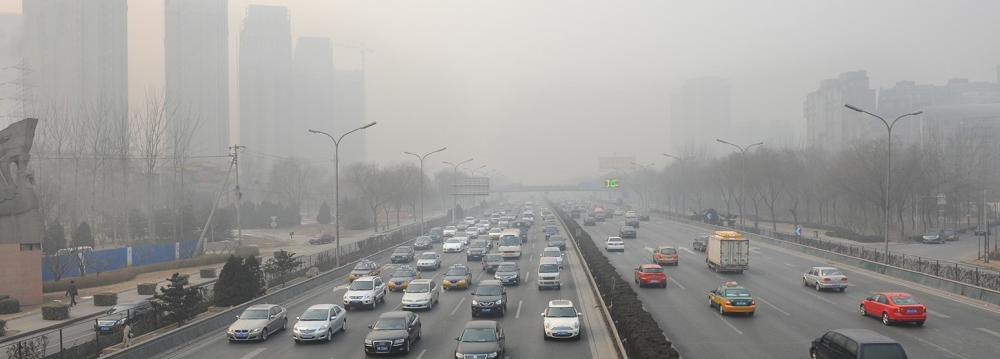A climate agreement struck on Thursday by 191 countries would allow airlines to grow in the coming decades without also adversely impacting the climate.
The International Civil Aviation Organization has agreed to encourage airlines to purchase credits through global carbon markets to offset their emissions for many flights beginning in 2021.
Those credits would balance pollution from jets and other commercial aircraft through conservation measures made elsewhere. Those measures could include renewable power projects, energy efficiency efforts or the substitution of coal-fired stoves with solar-powered cookers, Climate Central reported.
The plan would be phased in over the course of 14 years, beginning with the US and other countries that have volunteered to require their airlines to obtain carbon offsets. Other member countries would follow between 2027 and 2035.
“What we have been able to do today is a bold decision. It is really a historic moment,” said Olumuyiwa Benard Aliu of Nigeria, president of the UN aviation agency’s council, Bloomberg reported.
Earlier this year, the ICAO called for a 4% reduction in fuel consumption from new commercial aircraft built after 2028 and from those currently in production delivered after 2023.
Commercial airplanes are major emitters of the carbon dioxide contributing to climate change, accounting for 11% of all emissions from the global transportation sector. Those emissions are expected to grow by about 50% by mid-century as the demand for air travel increases worldwide.
The UN’s International Civil Aviation Organization announced on its website that all its 191 members, including Iran, have agreed to the deal and are obliged to implement it.
ICAO estimates the agreement would cost airlines between $5.3 billion and $23.9 billion annually by 2035. Exhaust from international flights accounts for about 2% of global greenhouse gases and is forecast to triple by 2050.
Mixed Reception
Thursday’s deal was hailed by the airline industry, but received mixed reviews from climate and energy experts.
Bob Perciasepe, president of the Center for Climate and Energy Solutions, said the agreement is a major step in global efforts to combat climate change and a sign that the momentum behind the Paris Climate Agreement continues to build.
“The agreement provides a practical framework for harnessing market forces to limit the rapid growth in airline emissions,” he said. “International aviation is among the fastest growing sources of greenhouse gases. Without new measures, emissions are expected to triple by 2050.”
Dan Rutherford, aviation program director for the International Council on Clean Transportation, said the deal does not sufficiently address the urgency of cutting carbon emissions from the airline industry.
“In the long run, airlines need to decarbonize, not to pay others to do it for them,” he said in a statement. “A host of new technologies to reduce aircraft emissions are under development today but need policy support. Since ICAO won’t provide that, other measures will be needed.”


